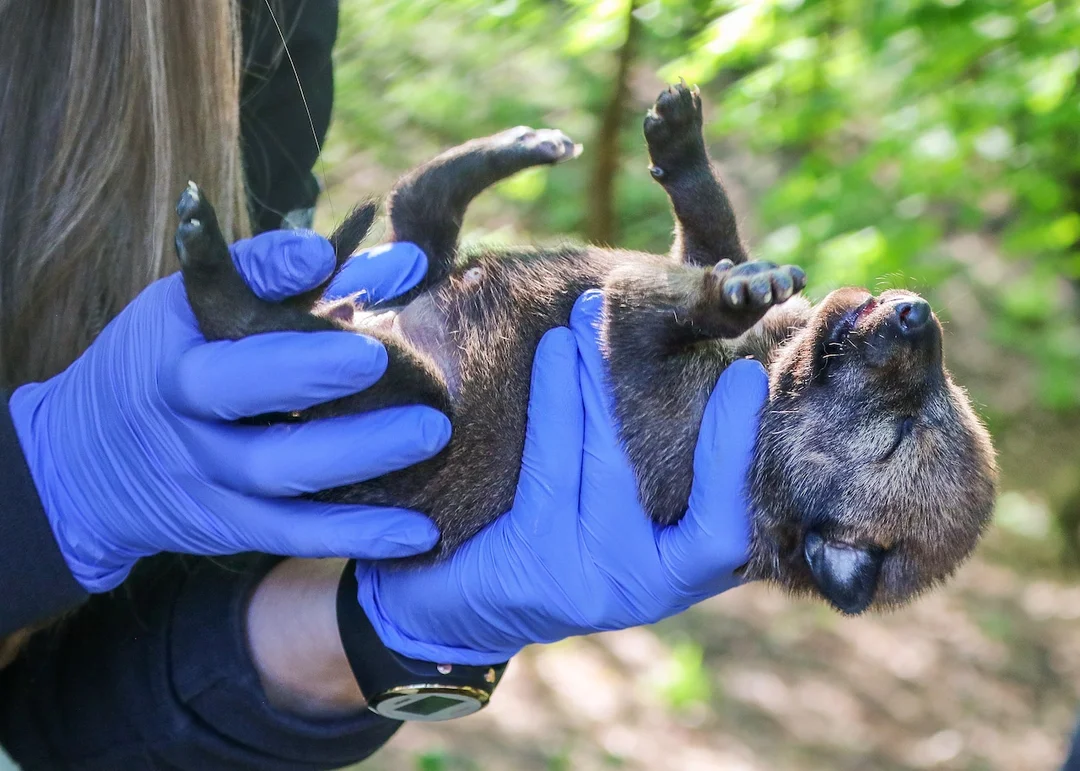
Welcoming New Life: The Adorable Arrivals at Rosamond Gifford Zoo
The Rosamond Gifford Zoo in Syracuse has recently made headlines with the arrival of eight baby animals, sparking joy among wildlife enthusiasts. This event is not only heartwarming but also significant in terms of conservation efforts, particularly for two critically endangered species.

Among the new arrivals are six red wolf pups and two Humboldt penguin chicks. Onondaga County Executive Ryan McMahon emphasized the importance of these births during a press conference, stating that the population of red wolves is perilously low, with less than 20 remaining in the wild. This makes the birth of the six pups a vital stride towards preserving this endangered species. “We’re really happy to continue the amazing success,” McMahon stated, reflecting the zoo’s commitment to wildlife conservation.

The red wolf pups, born on May 3, were welcomed by their parents, Evie and Sage. Theo Campbell, the carnivore collection manager, noted that this is a significant moment, as red wolves have not been seen at the zoo since the 1990s. He explained that the nursing pups are currently sheltered in their den but are beginning to show signs of exploring their environment.
The joyful news doesn’t stop there. The Humboldt penguin chicks, named Domingo and Ramon, were born to parents Peru and Cuatro in April. Since the opening of the penguin exhibit in 2005, the zoo has successfully hatched nearly 70 penguin chicks. Tammy Singer, the collection manager for small mammals, primates, and birds, shared that these chicks are just beginning to venture out of their nest boxes, much to the delight of visitors.

The Rosamond Gifford Zoo is accredited by the Association of Zoos and Aquariums and participates in Species Survival Plans (SSP) for both red wolves and Humboldt penguins. In a fascinating analogy, Daniel Meates, the zoo’s interim director, described the SSP as a “high-tech dating website” for animals, ensuring that the genetics of each potential breeder are well-documented to foster a healthy gene pool.
As the population of red wolves faces dramatic decline, these new additions at the zoo stand as hopeful candidates for future reintroduction into the wild. Such successful breeding is a testament to the dedicated care provided by the zoo’s expert team, as highlighted by McMahon.
What do you think about these newborns at the Rosamond Gifford Zoo? Could they lead to a brighter future for their respective species? Share your thoughts in the comments below!